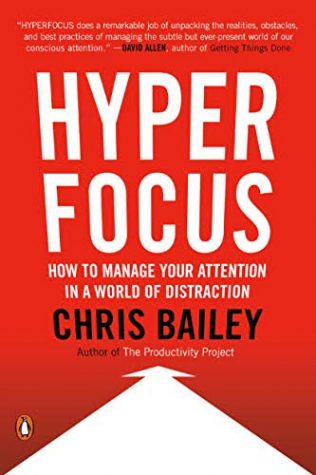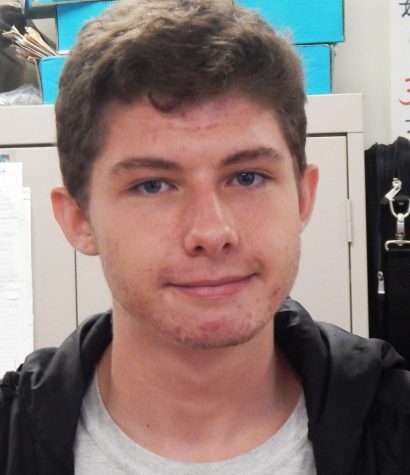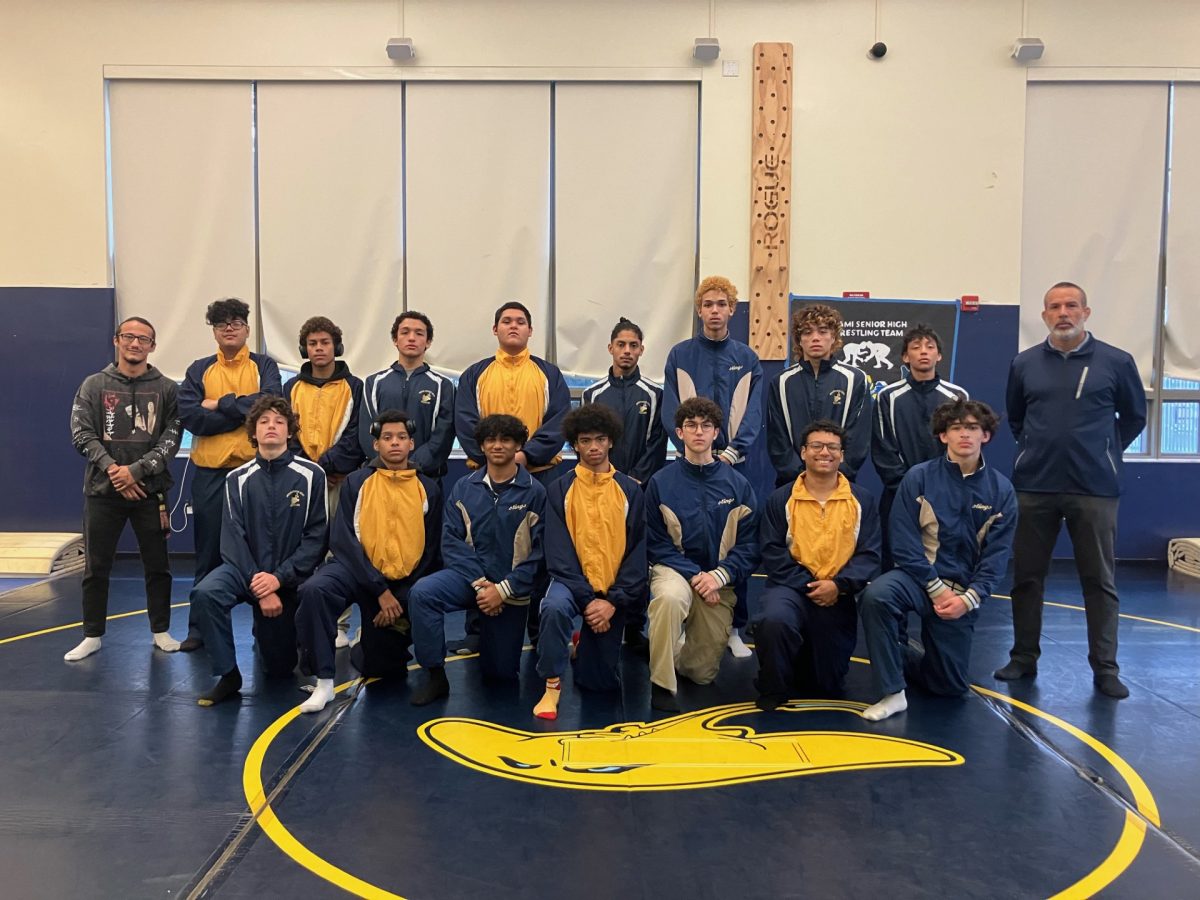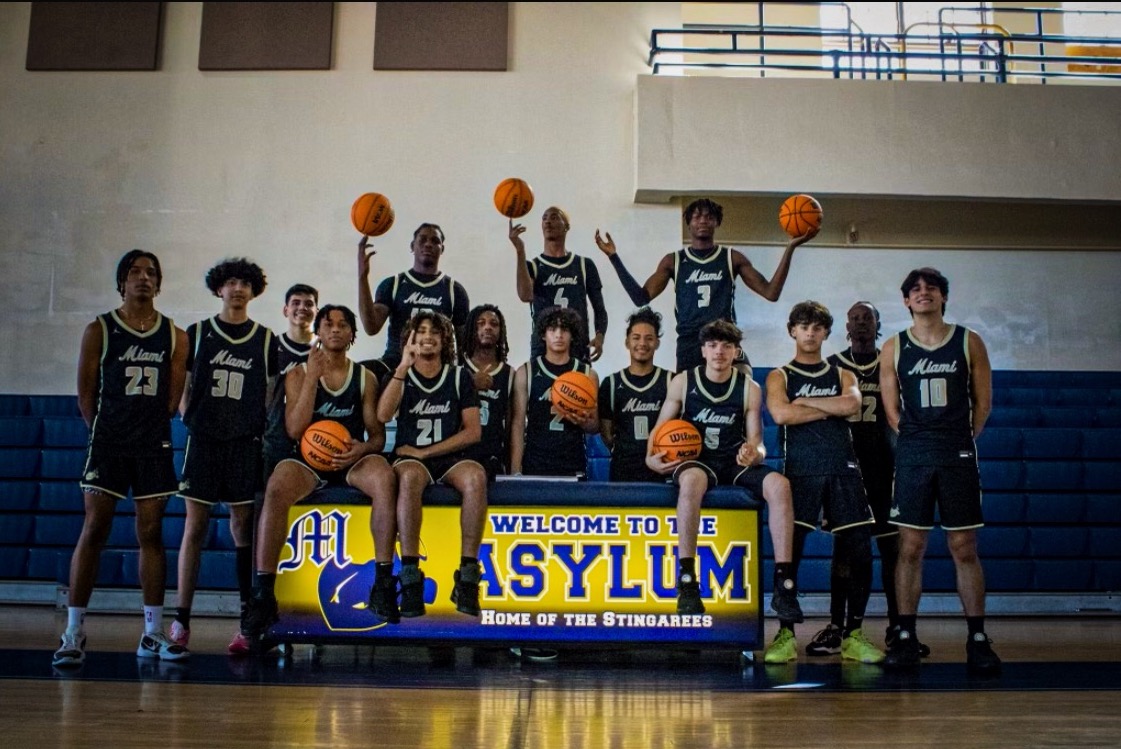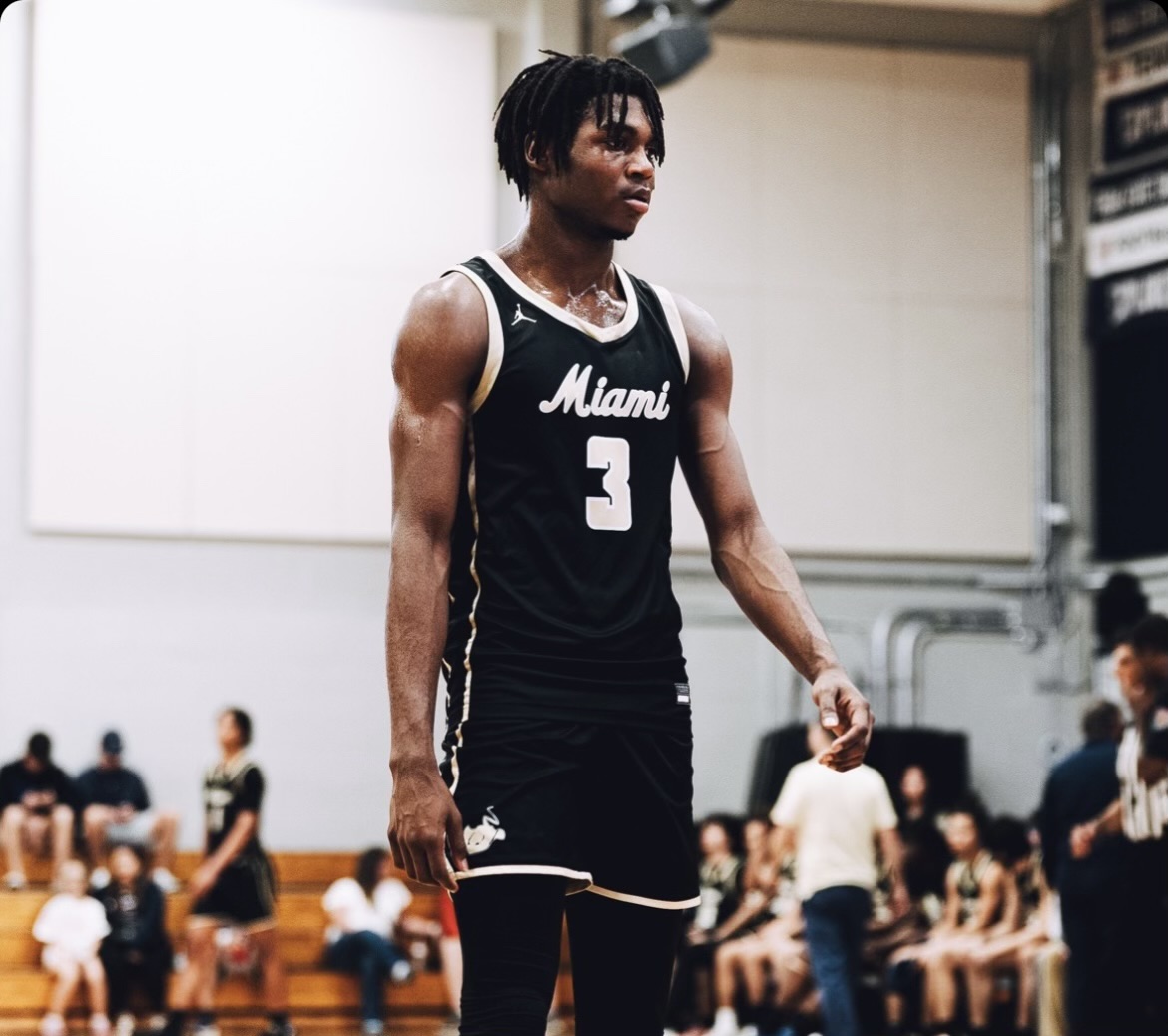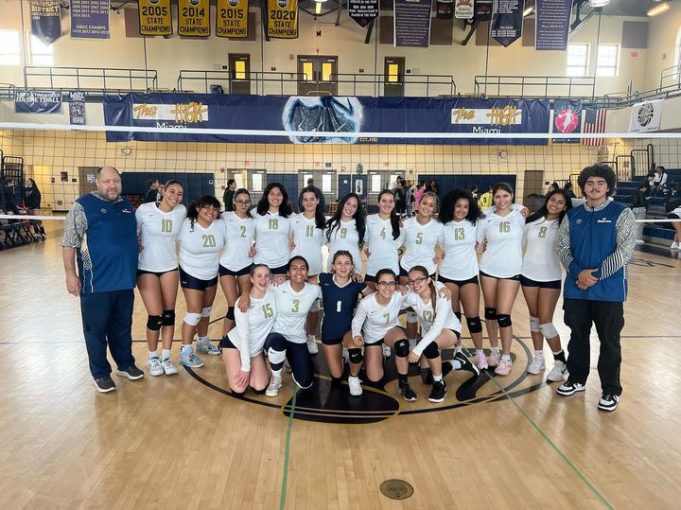The Productivity Project
May 16, 2020
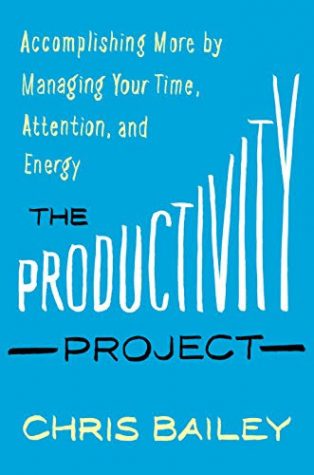
The Productivity Project is a book about being as productive as possible. Chris Bailey, the author, took one year off after he graduated from college to work on his project. He documented all the methods and experiences he had while conducting experiments on being more productive.
Summary of The Productivity Project
The book is broken down into eight parts: How to start, why we waste time, how to manage time, how working on productivity helps your mind rest to not get burned out, how emptying your mind makes you more focused, how to work your attention span, taking productivity to the next level, and the final step.
The author shares his own ideas on productivity and why we do or don’t do certain things in our lives that should be done. Bailey also showed how certain challenges or methods didn’t work for him such as changing his diet to nothing but a supplement and his wake up time to 5 a.m. This shows that everyone is wired differently and there is no single way to make a person more productive. Trying what works for you is the best way to make you more productive quicker.
Appropriate in the coronavirus era
A book like The Productivity Project is very useful in our current living situation. Being stuck at home for many makes it very difficult to stay focused on school work. From the game console to YouTube or Netflix, there is so much to distract yourself with now compared to before. At first, I was having a hard time adjusting to home learning; however, Bailey’s productivity tips have made it much easier for me not only to get my school work done, but to let my mind rest from the workload and come back focused and ready to do more work.
Why I chose this book
I heard about this book from a video on YouTube where the creator, whose name is Thomas Frank, talked about the best things he learned from certain books. Chris Bailey’s The Productivity Project was one that was mentioned. After downloading Audible, which is a mobile app that lets the user download books and listen to them, and eventually listening to the book, I found it very straightforward and easy to listen to, making the experience an informative, but enjoyable one.
My top 3 methods
The first time I listened to The Productivity Project, I noticed that the book contains challenges for the reader to do which Bailey believes, when integrated into a person’s life, will make them more productive. These challenges appear in almost every chapter of the book. I didn’t write down and use the challenges until recently when I decided to give it another listen.
I have come to the conclusion that only a few have been working and others not so much. Chris Bailey cites the first productivity book he read in high school, which was Getting Things Done by David Allens, which said that you can pick what methods work best for you and move on from there. I connected with The Rule of 3, which requires you to write down your three most important tasks at the beginning of your day and at the beginning of each week.
To start, you need to have a notepad or dry erase board and write down the three tasks you want to accomplish by the end of the day by mentally fast forwarding to the end of the day. You can even add two smaller and less important tasks, but only to do either before or after your most important tasks are done.
The second method is The Disconnecting Challenge, which sounds simple enough; however, some of us find it difficult to disconnect our computers and other devices we have from the internet. This will stop all the notifications coming in from our devices, making it easier to focus and not be drawn to them when we are working on an assignment for school or studying.
The last method would be The Flipping Challenge, which can be done a few different ways, but the one I found most effective was writing down the pros and cons of doing/not doing the task in the first place. It usually helps me get focused on the task again and continue working.
How I use these methods myself
The Rule of 3 helps me map out how to plan my day. The Flipping Challenge is used when I am procrastinating a certain task. I can write down what Bailey calls procrastination triggers and flip them making them easier to do or make a procrastination list which lists the cons of putting off the task or just getting started on the task.
The Disconnecting Challenge helps me a lot being at home doing class work remotely because by setting devices such as my phone and tablet on airplane mode, notifications are stopped from coming through and taking away my focus from my course work. This can be used in short bursts such as for 30 minutes or when I am working on a complex assignment that requires more attention than other assignments I have.
A credible author
The Productivity Project was written by Chris Bailey, a Canadian writer born in 1989. During high school, productivity was one of his interests. After graduating from Carleton University, he took a one year break from job searching and turned down two full-time job offers because they were not jobs he wanted to do.
During the next year after college, Bailey went on to conduct multiple productivity experiments and found that all people have different routines that help them get things done. He found his own way by breaking his day into pieces.
During his biological prime time, which Bailey defines as the time of the day when he has the most energy and focus, he does the very important tasks he needs to do. He categorizes tasks that are the most important as high impact because they require the most time and attention and low impact as the ones that require much less time and attention.
If you liked The Productivity Project, you might like
Book recommendation: Hyper Focus
Main Idea: Improving one’s focus
Main parts: Hyper and Scatter focus
Availability: Audible and print

